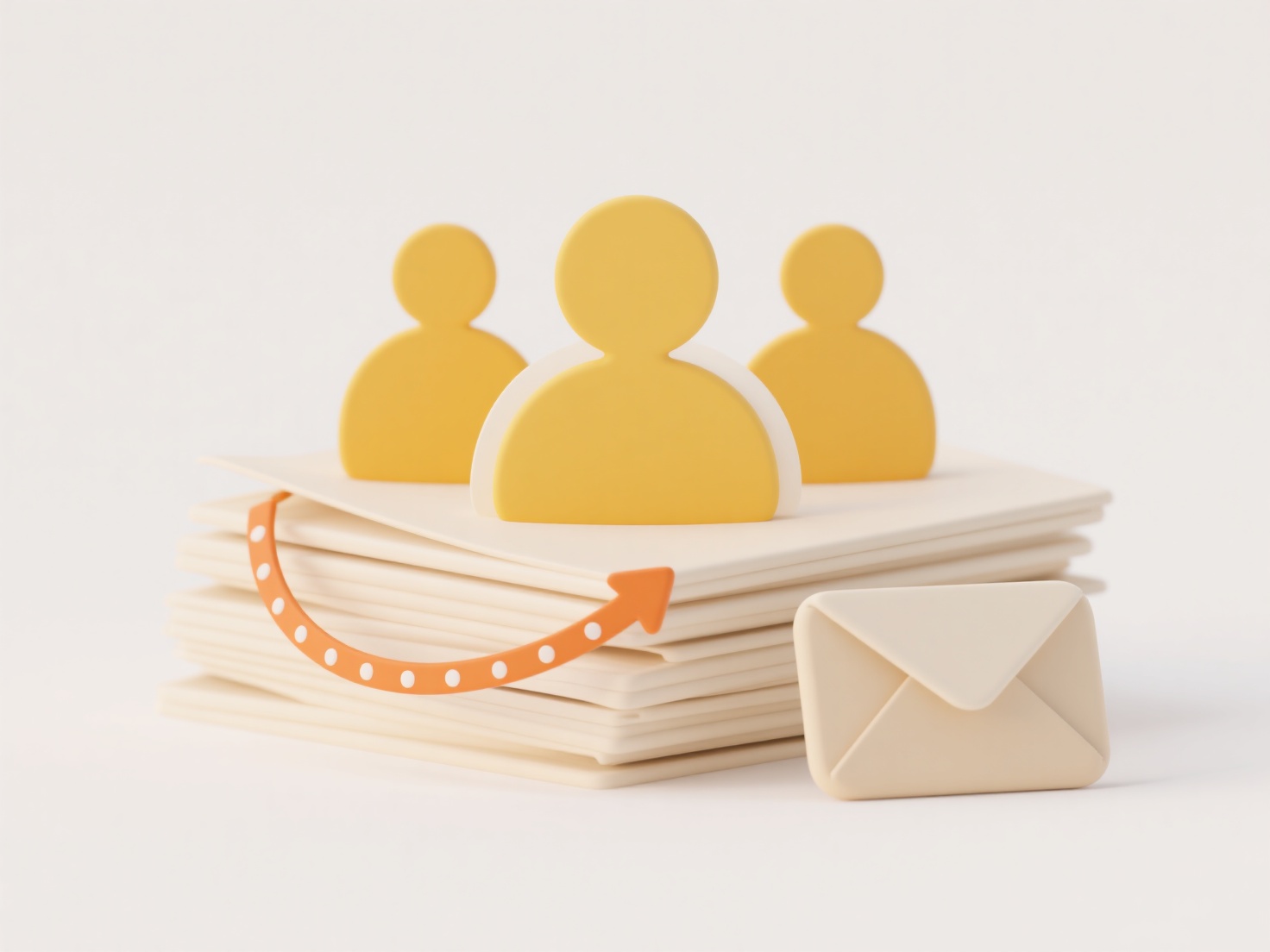
Notifying team members about potential duplicates involves identifying similar records or entries that may unintentionally replicate information within shared systems. In collaborative tools like CRMs or project management platforms, this happens when multiple people create overlapping content, leading to confusion or inefficiency. Systems may flag suspected duplicates automatically or rely on manual identification.

For example, in sales CRMs like Salesforce, automated matching rules can highlight duplicate customer profiles, prompting team alerts. Similarly, project trackers like Jira might notify groups when similar task requests appear, allowing consolidation before work begins. Marketing teams often use this approach to prevent duplicate outreach campaigns.
While effective for maintaining data integrity and reducing workload, excessive notifications can cause alert fatigue. Over-reliance on automation may also overlook legitimate distinctions between records. Ethical handling ensures transparency about corrections without assigning blame. Future integrations with AI could improve accuracy in flagging true duplicates while respecting nuanced data contexts.
How do I notify team members about potential duplicates?
Notifying team members about potential duplicates involves identifying similar records or entries that may unintentionally replicate information within shared systems. In collaborative tools like CRMs or project management platforms, this happens when multiple people create overlapping content, leading to confusion or inefficiency. Systems may flag suspected duplicates automatically or rely on manual identification.

For example, in sales CRMs like Salesforce, automated matching rules can highlight duplicate customer profiles, prompting team alerts. Similarly, project trackers like Jira might notify groups when similar task requests appear, allowing consolidation before work begins. Marketing teams often use this approach to prevent duplicate outreach campaigns.
While effective for maintaining data integrity and reducing workload, excessive notifications can cause alert fatigue. Over-reliance on automation may also overlook legitimate distinctions between records. Ethical handling ensures transparency about corrections without assigning blame. Future integrations with AI could improve accuracy in flagging true duplicates while respecting nuanced data contexts.
Related Recommendations
Quick Article Links
Why do duplicate music files appear in my library?
Duplicate music files appear when the same song is stored multiple times in your library. This commonly happens if you i...
What’s the risk of forcing open a file with the wrong app?
Forcing a file open with the wrong application occurs when you bypass system warnings and use software not designed to r...
How do I recover deleted folder structures?
Recovering deleted folder structures means restoring both the directory hierarchy (folders and subfolders) and their con...